Five-time Tony Award winning lighting designer Natasha Katz discusses her design on Disney's Frozen on Broadway:
Frozen is a beloved animated film that we wanted to make into an equally beloved stage musical. It’s the story of two sisters who have a deep love for each other that is tested because Elsa, the older sister, finds that she has powers she can’t control. It carries themes of unbreakable bonds of sisterhood and female independence. Ultimately, it’s a topical and relevant story today of two young women coming to terms with their own power — not with its limits, but with its awesome range.
Since the two visual mediums of animated film and musical theatre are very different, the creative team had to find a way to translate the movie to the stage. We also had to take into account the expectations that the audience would have for a Disney musical: a great story, spectacle, eye-popping excitement, incredible music (including the iconic “Let It Go”), and magic.
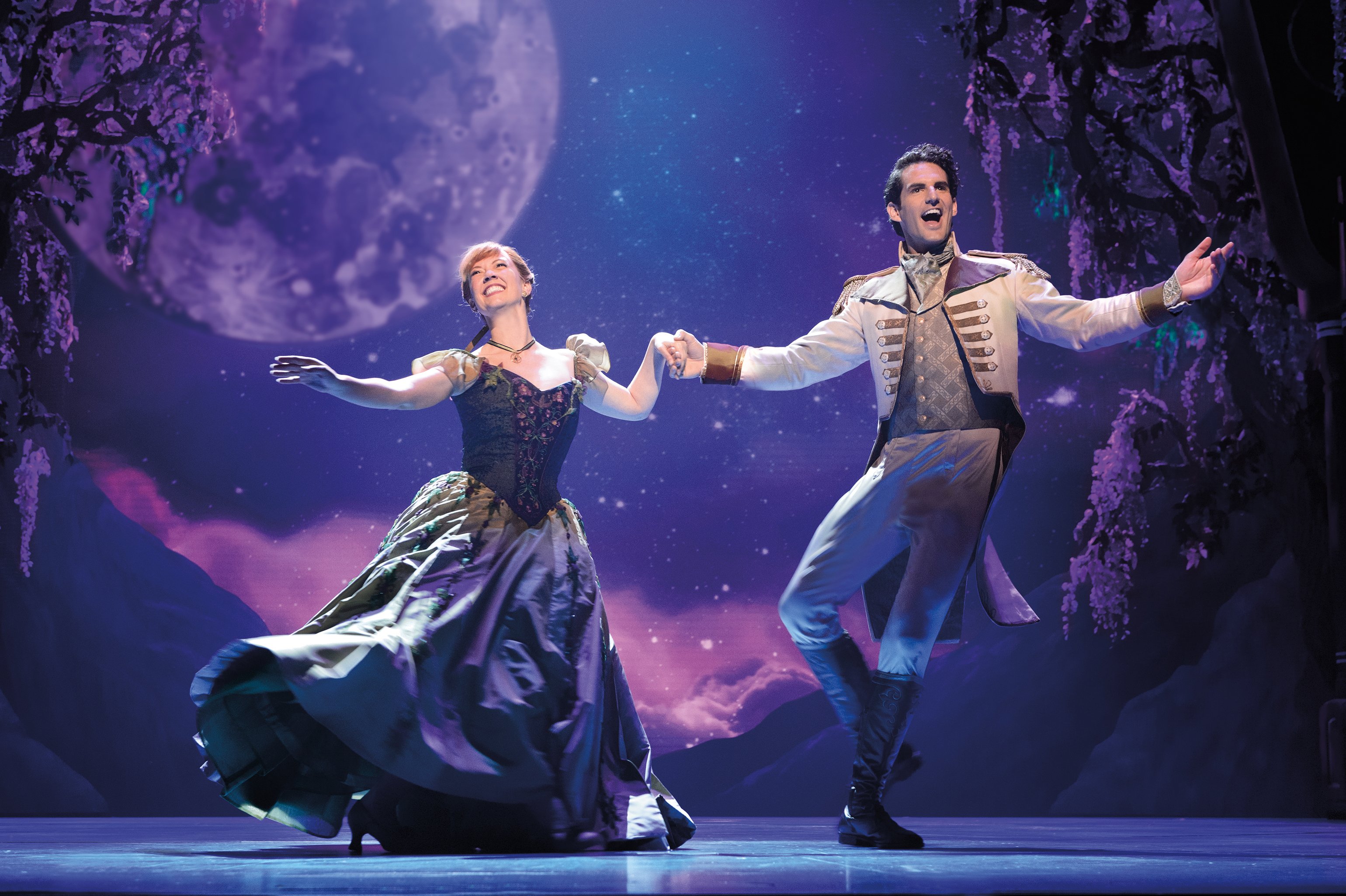
It’s always important for me, on any show, from a play to a musical, to first understand the story that we, as a creative team, are trying to tell and use this as a jumping off point. The spectacle and magic will come as a result from the story.
Frozen is a fairytale, so I felt a strong need to heighten, through lighting, the emotional undercurrent of each scene in the show. We start the show with a feeling of reality: A normal town with sunlight streaming from stage left, grazing the people and the mountains as if we are in a real place. We then go into the interior of the castle where the lighting also gave a sense of reality and comfort. Once Elsa discovers her powers, the visual story shifts and reality is no longer relevant. This is when the world of ice and snow arrive. Inspired by the film, I very often lit the ice and snow with vibrant colors, filling in shadows with a heightened complementary color to show the fantasy and fear in the story. Elsa's anger and internal suffering manifests itself by freezing her surroundings and other people, so ice and snow became an important visual for much of the show.
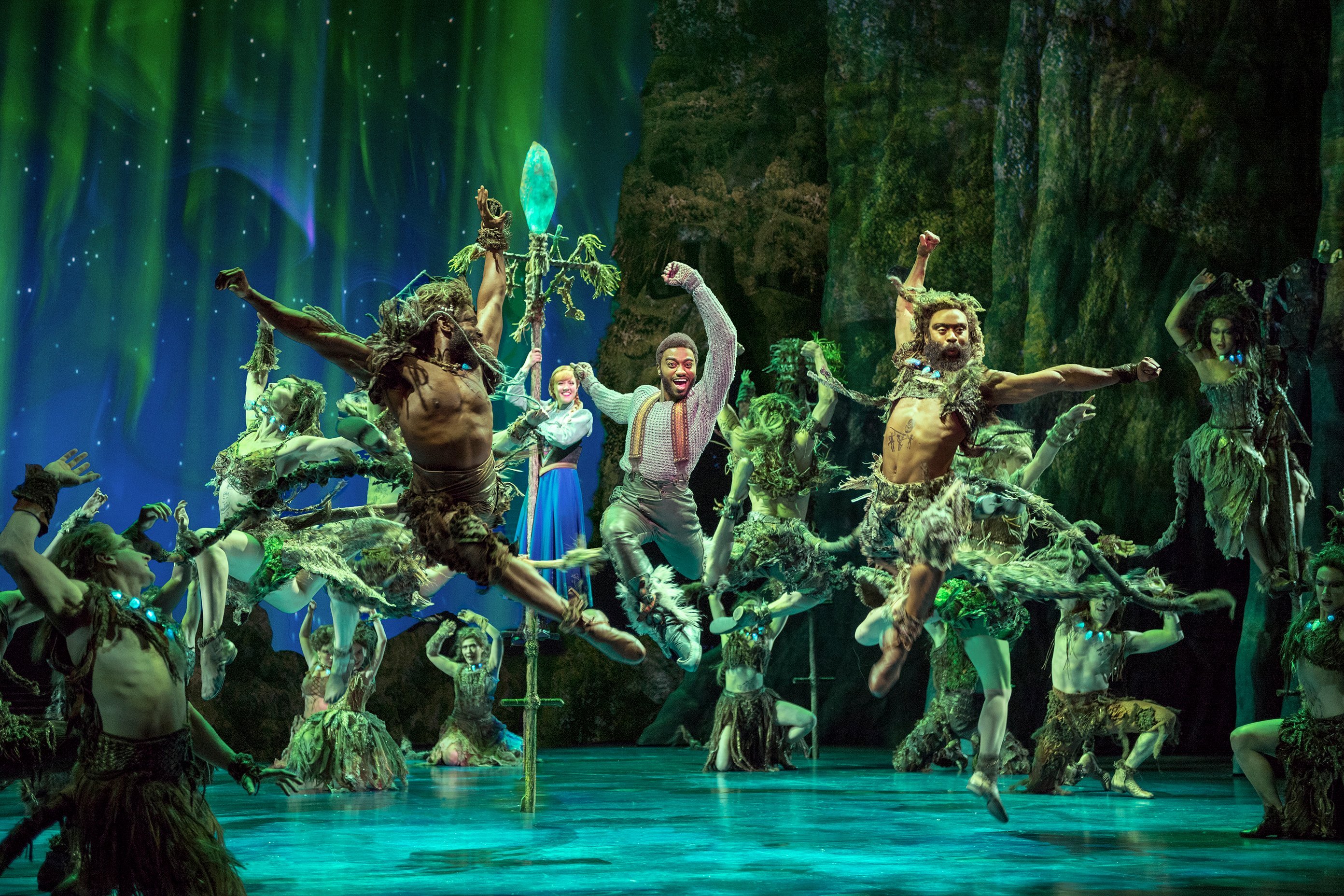
For me as a lighting designer, it was a dream come true because ice and snow take color and form and angle depending on how it is lit. And there are so many types of ice during the story of Frozen: friendly ice, menacing ice, nighttime ice, daytime ice, angry ice, comforting ice, etc. These different types of ice were illuminated through light and also through projection, designed by the wonderful and talented Finn Ross. Our vision was to integrate lighting and projection so that the audience couldn’t tell where one ended and the other began. We were all very happy with the outcome.
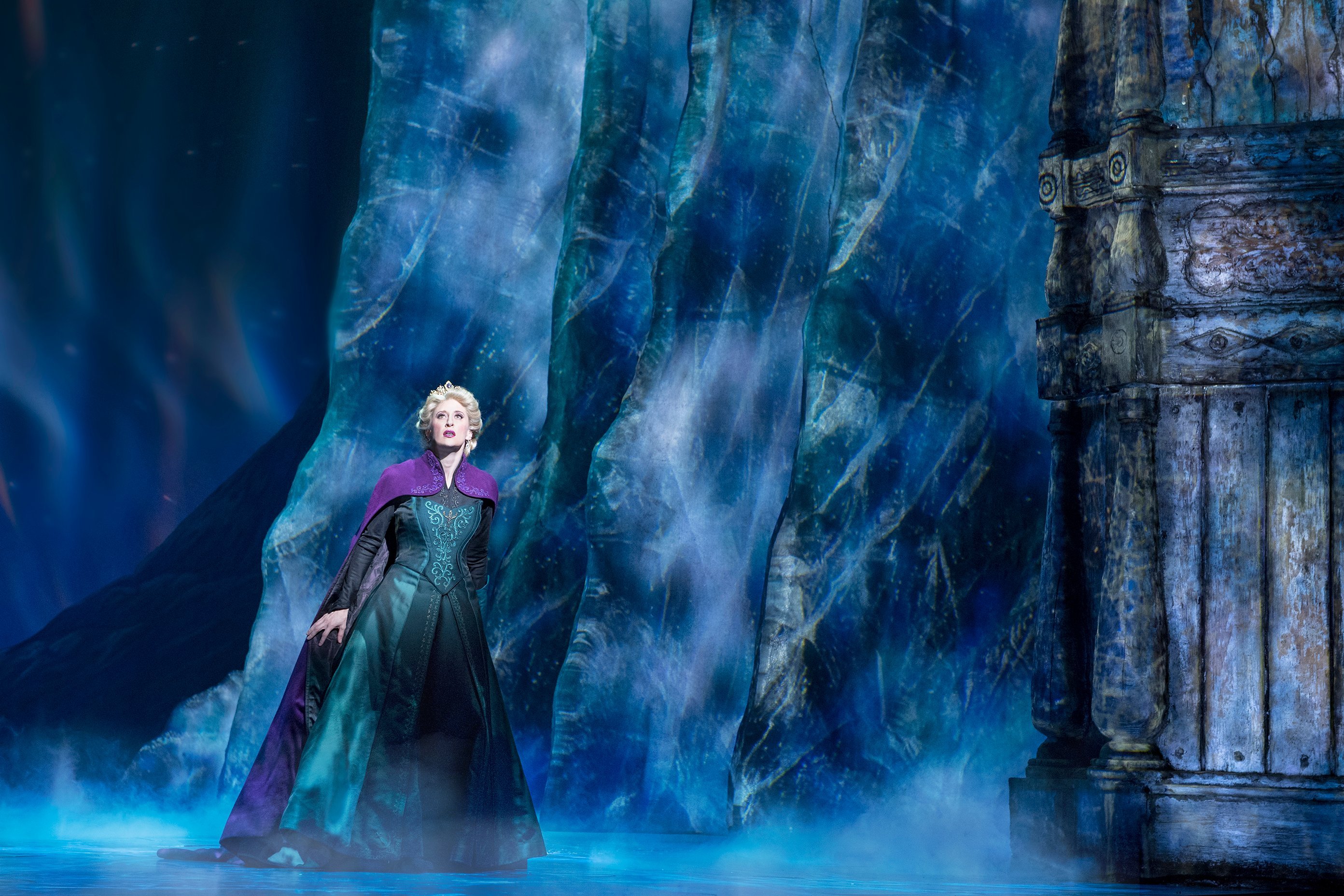
Along with the different types of ice, it was very important to me to reference the emotional feel of the movie through the stage lighting. The scenery is quite different in the stage version than in the movie version, which meant that in many cases I started from scratch with no reference to the film in the lighting. But overall, it was crucial to me to reference the movie when I could. Many scenes reference color, tone, feel, quality, emotion, and texture from the movie both subliminally and, in many cases, obviously. I also used the lighting to mirror the emotions of the characters.
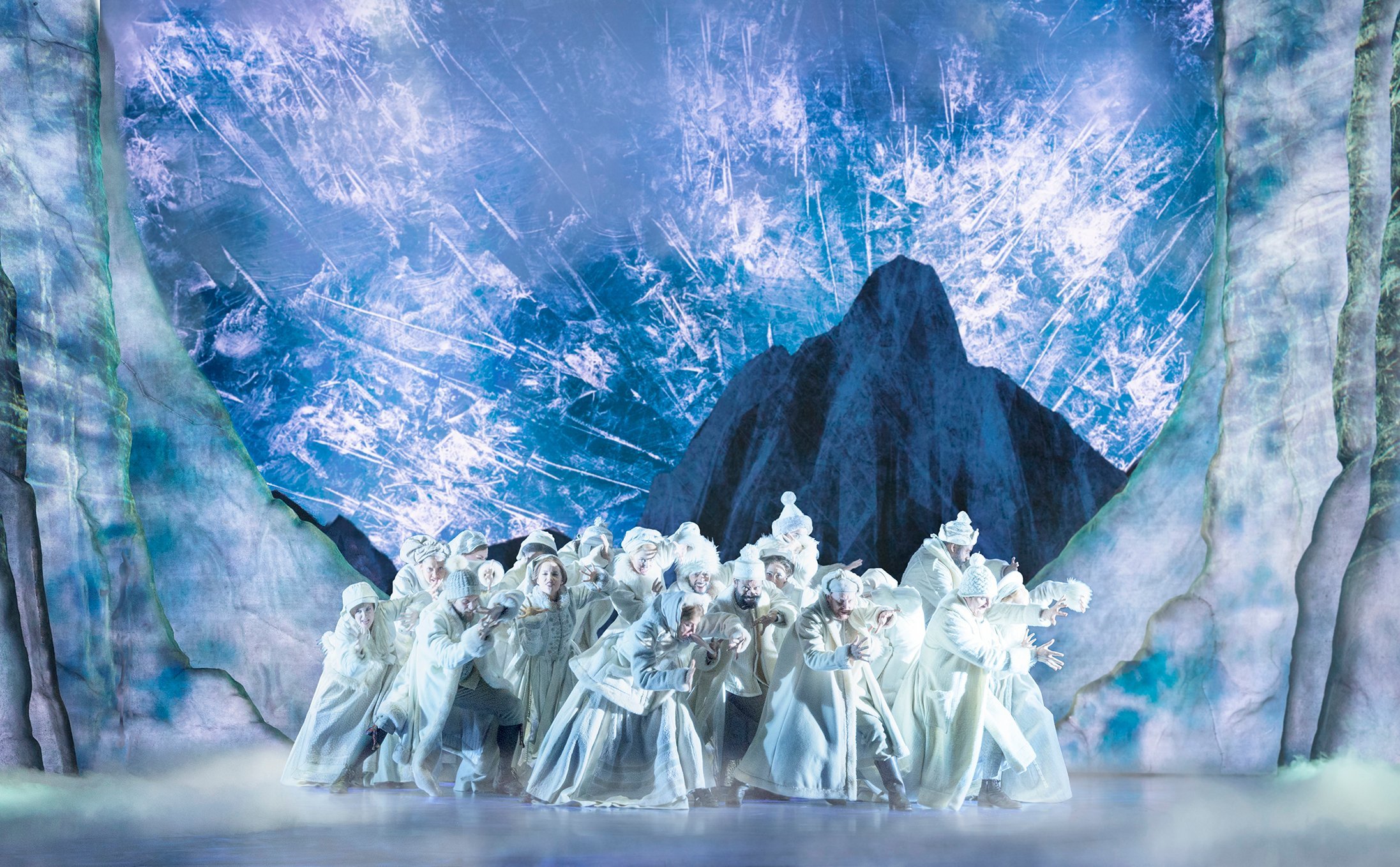
As Elsa’s powers and anger grow simultaneously, this is shown through different colors and lighting angles: sometimes cool and white, and sometimes red to show a different type of anger. We all worked hard to establish an “ice arc” so that the ice told a story of its own: a benign and cool comforting blue at the beginning, changing to a menacing bright harsh white at the end, with many permutations in between. Our “Happily Ever After” took us back to the reality of the beginning of the show: warm, happy, inviting, loving lighting in a world without fear.
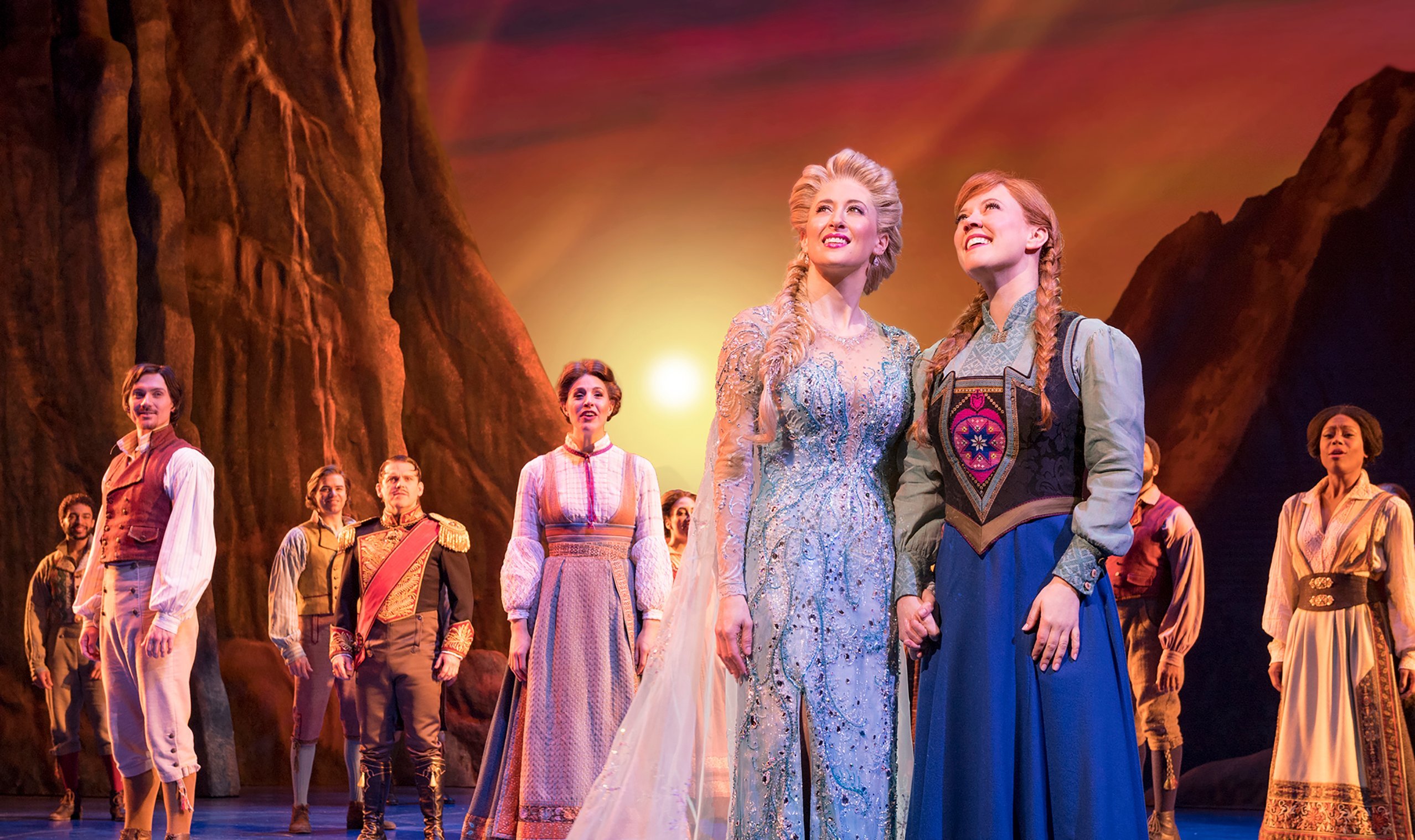
We wanted to introduce the audience to a world of imagination where they could leave their daily lives and troubles at home. I believe lighting has that power to help transport the audience to this world of fantasy.